For many of us, our pet is an important part of our family. Isn’t that right, Bailey? They make us happy, help us get enough exercise, and are great company. Let’s go, Bailey! As pet owners, creating a safe and beautiful home environment is a top priority. While houseplants can enhance our living spaces with their beauty and air-purifying qualities, it’s essential to choose pet-friendly plants that won’t harm our furry friends. This complete plant guide for pet owners will help you select the best greenery for your home, ensuring both your pets and plants thrive. 🌿🐾
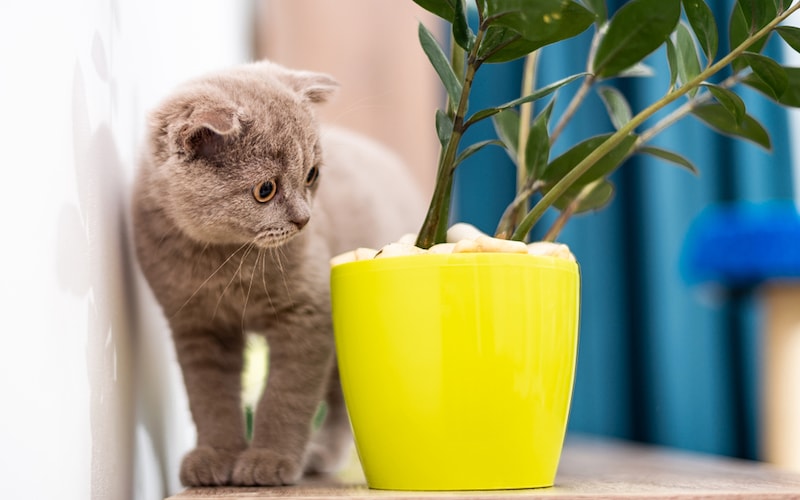
Why Pet-Friendly Plants Are Important
Certain plants can be toxic to pets, causing a range of symptoms from mild irritation to severe health issues. To prevent any accidental poisoning and keep your pets safe, it’s crucial to be aware of which plants are safe and which are hazardous. Here are some key reasons why pet-friendly plants are important:
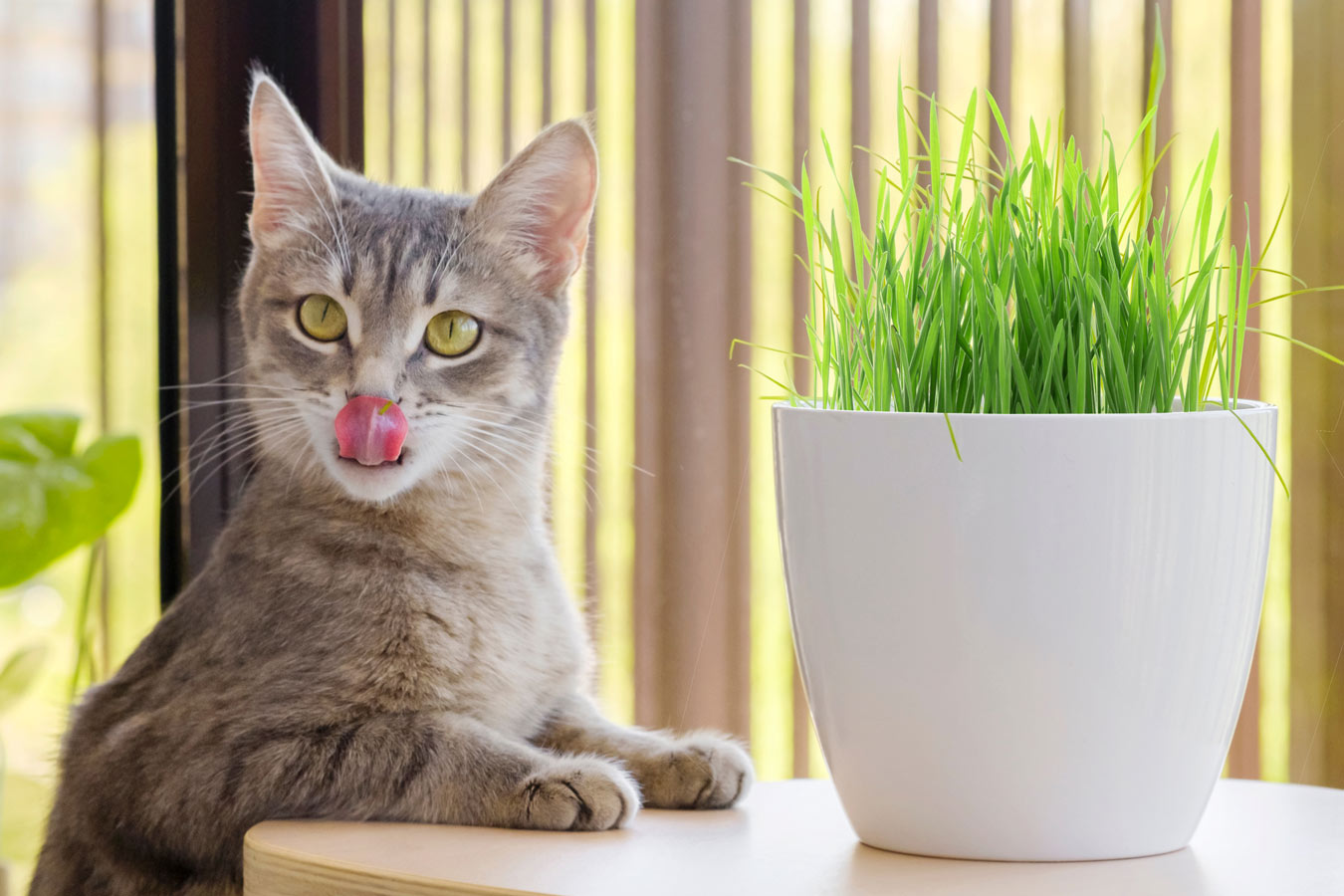
- Health and Safety: Choosing non-toxic plants ensures that if your pet chews on or ingests part of the plant, they won’t suffer from adverse health effects. 🐶
- Peace of Mind: Knowing that your home environment is safe for your pets allows you to relax and enjoy your greenery without worry. 🏡
- Enhanced Living Space: Pet-friendly plants can still provide the aesthetic and air-purifying benefits of houseplants, contributing to a healthier, happier home. 🌱
Top Pet-Friendly Plants for Your Home
Here are some of the best pet-friendly plants that will beautify your home without posing a risk to your pets:
1. Spider Plant (Chlorophytum comosum)
The Spider Plant is not only safe for pets but also incredibly easy to care for. Its arching leaves and air-purifying qualities make it a popular choice for any home. 🕷️🌿
- Light: Prefers indirect sunlight but can tolerate low light conditions.
- Water: Water regularly, allowing the soil to dry out between waterings.
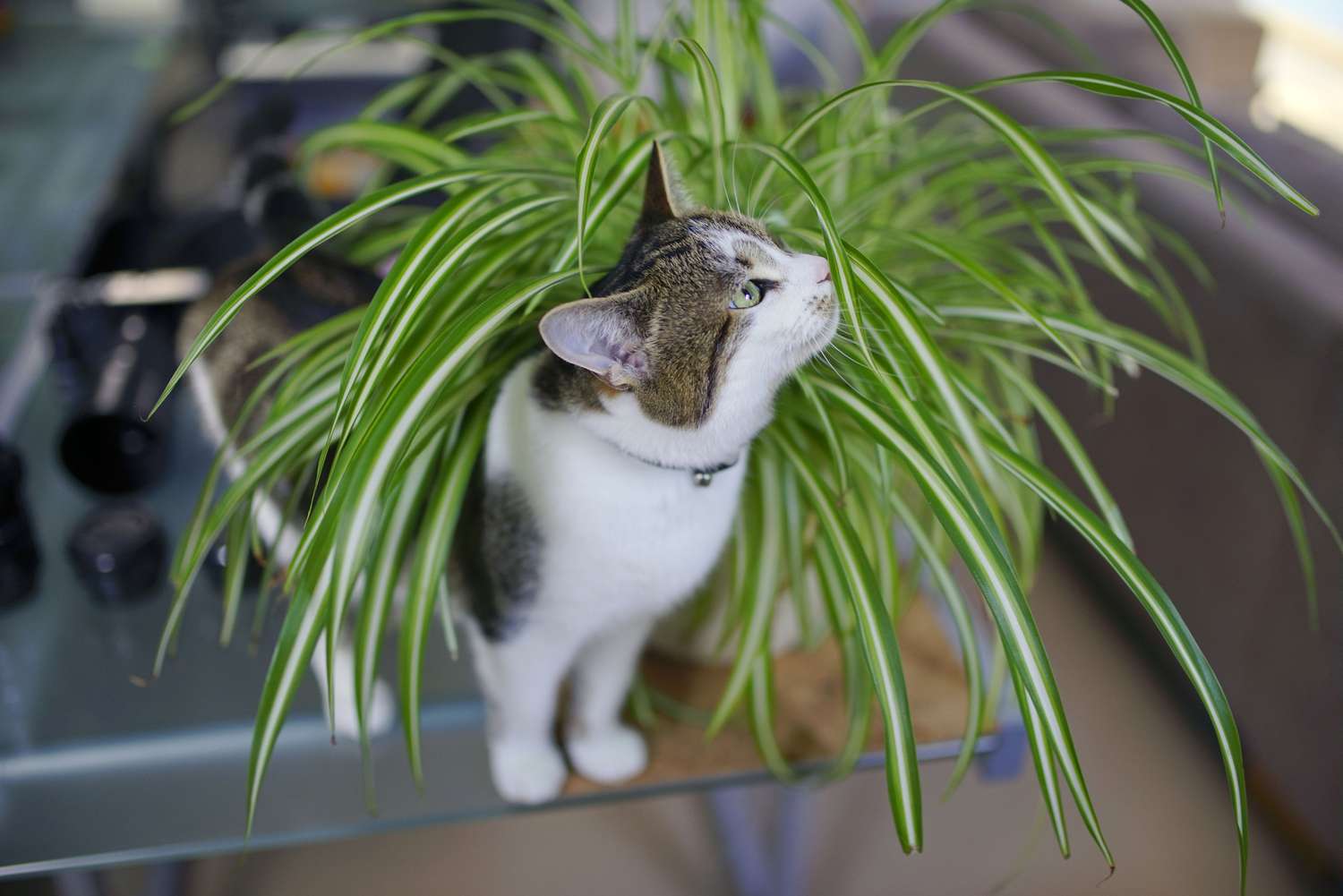
- Care: Thrives in a variety of conditions and is known for producing “pups” that can be replanted.
2. Boston Fern (Nephrolepis exaltata)
The Boston Fern is a lush, green plant that adds a touch of elegance to any room. It’s safe for pets and helps to humidify and purify the air. 🌿
- Light: Prefers bright, indirect light but can tolerate low light.
- Water: Keep the soil consistently moist but not waterlogged.
- Care: Benefits from regular misting to maintain humidity levels.
3. Areca Palm (Dypsis lutescens)
The Areca Palm, also known as the Butterfly Palm, is a non-toxic plant that can grow quite tall, making it a great statement piece for your home. 🌴
- Light: Thrives in bright, indirect light but can tolerate low light.
- Water: Water when the top inch of soil feels dry.
- Care: Requires regular watering and occasional pruning of dead fronds.
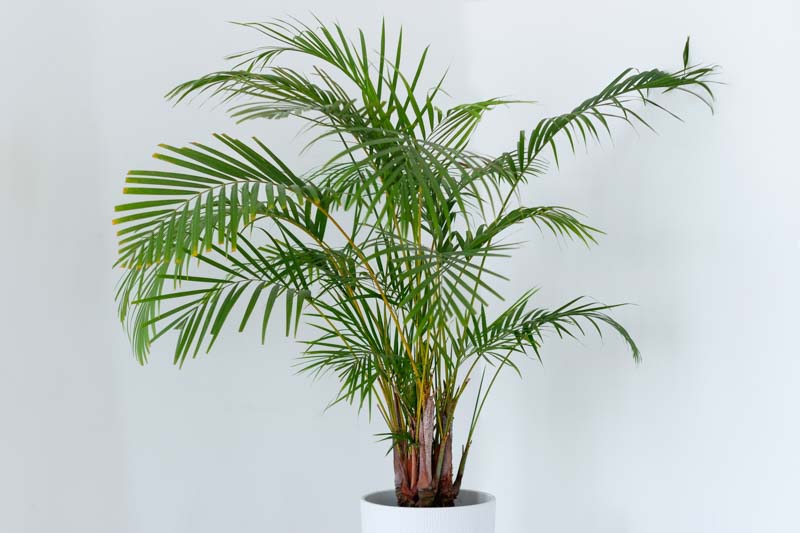
4. Calathea (Calathea spp.)
Calatheas are known for their striking, patterned leaves and are safe for pets. They add a pop of color and interest to any indoor garden. 🌺
- Light: Prefers medium to bright indirect light.
- Water: Keep the soil moist but not soggy; avoid letting it dry out completely.
- Care: Appreciates high humidity and benefits from regular misting.
5. Parlor Palm (Chamaedorea elegans)
The Parlor Palm is a low-maintenance, pet-friendly plant that adds a tropical feel to your home. It’s also known for its air-purifying qualities. 🌴
- Light: Prefers low to moderate light.
- Water: Water when the top inch of soil is dry.
- Care: Benefits from occasional fertilization during the growing season.
Plants to Avoid
While there are many safe options, it’s equally important to be aware of plants that are toxic to pets. Here are some common plants to avoid:
- Lilies: Extremely toxic to cats, causing kidney failure.
- Sago Palm: All parts of this plant are toxic, especially the seeds, causing liver damage and possibly death.
- Aloe Vera: Although beneficial for humans, it can cause vomiting and diarrhea in pets.
- Philodendron: Can cause irritation, swelling, and difficulty breathing if ingested.
- Pothos: Causes oral irritation, vomiting, and difficulty swallowing.
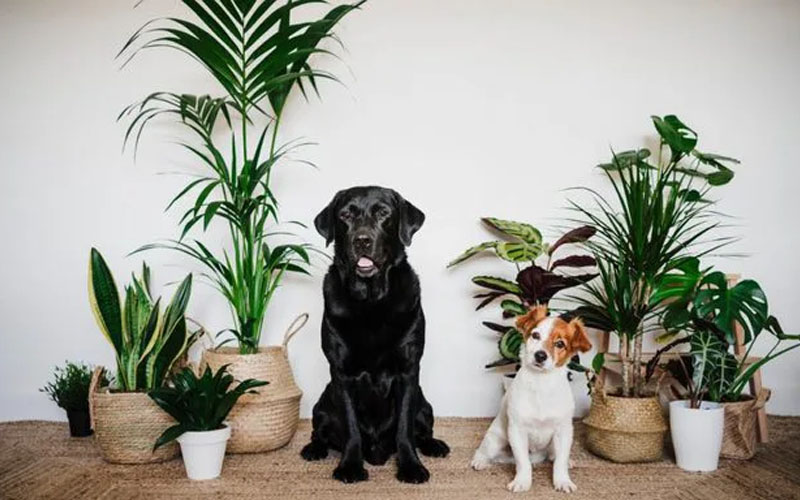
Tips for Pet Owners with Plants
Creating a safe and green home for both your pets and plants involves some extra considerations. Here are a few tips to help you manage both:
1. Place Plants Strategically
Keep toxic plants out of reach of your pets. Use hanging planters or place plants on high shelves where curious pets can’t access them. 📚🌿
2. Use Natural Pest Control
Avoid using chemical pesticides and fertilizers, which can be harmful to pets. Opt for natural alternatives to keep your plants healthy without posing a risk to your furry friends. 🐞
3. Train Your Pets
Teach your pets to stay away from plants. Positive reinforcement and training can help keep them from chewing on or digging in your houseplants. 🐾
Conclusion
With careful selection and placement of pet-friendly plants, you can create a beautiful and safe environment for both your pets and your greenery. By following this plant guide for pet owners, you can enjoy the benefits of houseplants without worrying about the safety of your furry friends. 🌿🐶
So, Bailey, let’s make our home green and safe. To all the pet owners out there, may your homes be filled with happy pets and thriving plants! 🐾🌱
